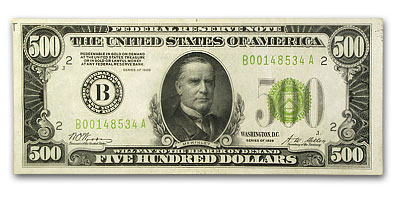A $1.00 bill in 1971 has the purchasing power of only 18¢ today. A £1 bill in Great Britain has the purchasing power of only £0.09. That is, if you put money in a coffee can in 1971 and buried it in the back yard, you’ve lost 82% of your purchasing power in the United States and 91% in Great Britain. Don’t you love our governments printing money?
[mainbodyad]I’m writing several new articles at Investing for Beginners for About.com, a division of The New York Times, which I am building around inflation and inflation rates. This calculation, performed for one of those articles, has me shaking my head at my desk. I realize that it is somewhat meaningless for those who owned stocks, real estate, private businesses, commodities, collectibles, and intellectual property so it is illusionary, in a sense. If your entire net worth consisted of a portfolio of hotels that were well managed, you are undoubtedly richer today than you were in 1971, even after accounting for inflation. But it still just seems immoral on some level.
The correlation is that a $1 bill in 1971 would be the equivalent of a $5.24 bill today. Why haven’t we scrapped the lower currency bills and replaced them with higher currency levels? It is idiotic to have a $1 bill anymore. Likewise, there should be a $250 and $500 bill.



